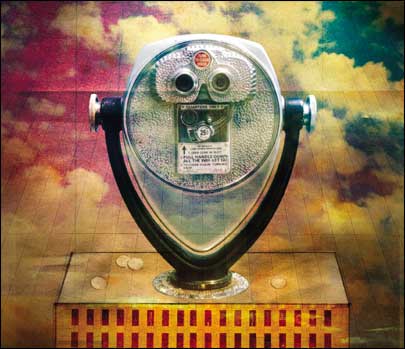It probably won’t be added to textbooks next to Columbus’ discovery of the Americas in 1492 or Neil Armstrong’s lunar landing in 1969, but 2006 might well be remembered in the RFID industry as the year companies facing tagging mandates discovered the return on investment in Electronic Product Code technologies. Three important developments on the horizon will enable firms that have developed internal applications to offset the cost of tagging to achieve an ROI.
1. Prices for EPC inlays are coming down.
Manufacturers purchasing EPC tags to put on cases and pallets for their retail customers have been budgeting for tags that will cost from 15 to 20 cents each. But prices for inlays (the transponder mounted on a subsctrate) have fallen by nearly 50 percent (see The 10 Most Important Stories of 2005). Companies that can use inlays in cartons can save as a result. So, for instance, if a company expects to ship 3 million cases to Wal-Mart in 2006 and budgets $450,000 to $600,000 just for tags, it will need to spend only about $225,000 to $300,000 for inlays, which lowers the threshold for achieving an ROI.

It’s even possible that a manufacturer that makes a very large order (hundreds of millions of tags) could purchase the tags for that mythic price of 5 cents apiece. One of Wal-Mart’s top 100 suppliers says he was contacted by a tag maker who wanted to discuss just such a deal.
Manufacturers will also benefit from the availability of new UHF products based on the EPCglobal Generation 2 air-interface protocol standard. End users that began getting samples of Gen 2 tags in August report that the tags perform significantly better than Gen 1 tags.
Gen 2 tags should require less power to operate, so they should be read more reliably. And they are designed to operate more effectively under differing regulations governing the use of UHF frequencies around the world, which means companies with global operations can buy in bulk to get volume discounts and use them anywhere.
2. EPC data sharing will give manufacturers greater visibility into the retail end of the supply chain.
EPCglobal is finalizing standards for the EPCglobal Network, which will facilitate the sharing of data, and EPCglobal members are agreeing on standardized formats for sharing data (see Leveraging the Internet of Things). That means manufacturers shipping to Wal-Mart and Target will be able to track the movement of their products from the moment they are shipped to the time they are brought out to the retail floor.
The data that manufacturers get from retailers will likely still be incomplete and fragmentary because every case will not be read as it moves through a dock door or through the door between the back room and retail floor. But the data will be good enough to provide manufacturers with their first glimpse of what happens to their products after they are delivered to a retailer.
3. New applications will help companies leverage EPC data.
Companies such as OATSystems, T3Ci and TrueDemand have developed applications that can help manufacturers analyze and act on the EPC data they get from retailers. TrueDemand, for instance, has an application that is designed to measure how a store is replenishing product during a promotion, so a manufacturer can work with the store to make sure the product is restocked.
OATSystems has an electronic proof-of-delivery application that automates the process of confirming the receipt of goods. When paying invoices, retailers often deduct the price of goods they say they did not receive, so manufacturers could gain millions in additional sales if they can show the tag on a case was read within a retailer’s operation, proving it was delivered.
By early 2006, manufacturers under mandates will have solved most of the problems associated with inconsistent read rates, helped in part by the improved performance of Gen 2 tags. They will begin to focus on how the data can be analyzed and used—just as data standards and software products are becoming available. And by analyzing the data they get back from retailers, manufacturers will likely find new applications that deliver an ROI. As a result, many will either start ramping up their rollouts toward the end of the year or budget for more aggressive rollouts in 2007.

